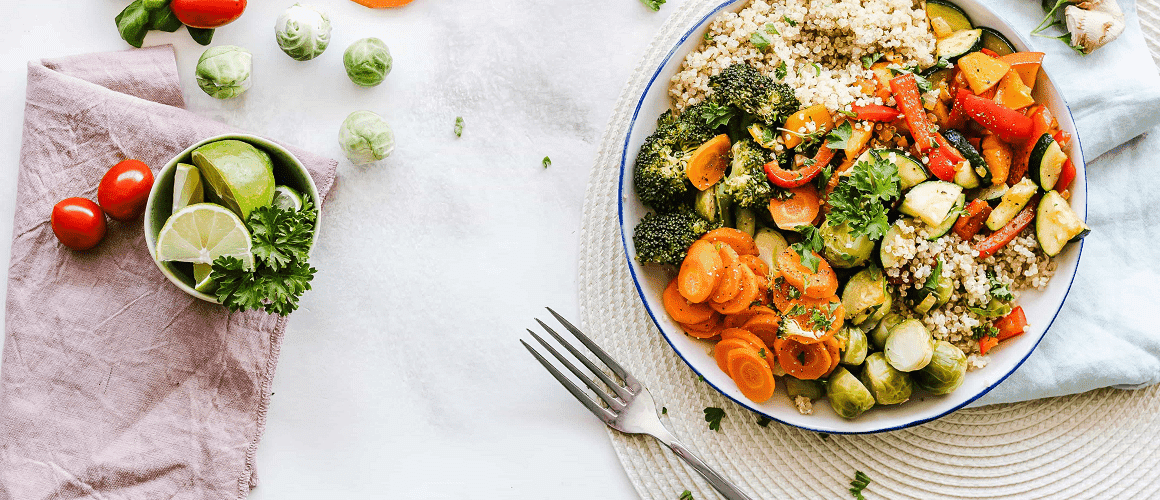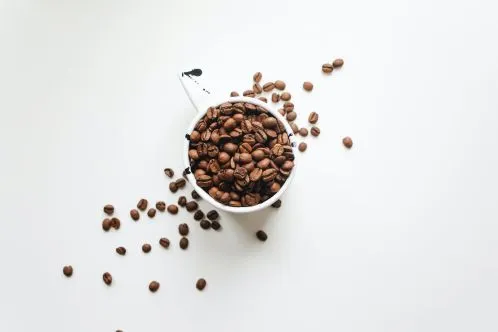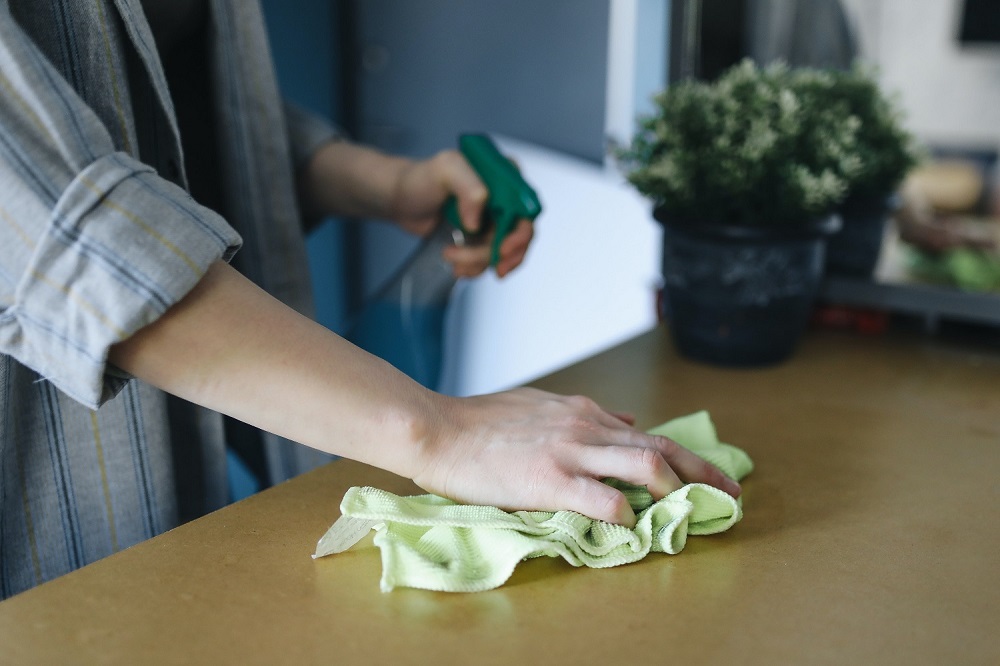The Biopesticides Market Is on a Growth Trajectory amidst New Innovations and Trends
by Vidya
15/08/2022 5 min read

Biopesticides are pesticides that protect crops and are organically derived from natural materials like plants, animals, bacteria, fungi, or minerals. They are non-toxic in nature as compared to other pesticides. The biopesticides market is rising as the need for natural products increases daily with consumer demands. There is also an enhancement in biotechnology and bio-pesticide technology that catalysts the growth of this market. As more research and development are focused on, the government is pushing for more innovations in using organic farming. However, it should be kept in mind that bi-pesticides are not always easily available and have a low shelf life, making them costlier in nature than conventional ones.
What are the Market Dynamics of the Biopesticides Market?
The biopesticides market is evaluated at USD 4811 million in 2021 and it is expected to grow at a CAGR of 11.4% by 2028 when it is anticipated to reach the value of USD 10,240 million. The biopesticides market is on a growth trajectory as synthetic crop product is less cost-effective and slow in their processes. Farmers are choosing biopesticides over synthetic ones as they are cheaper and rapid development processed. Farmers with limited budgets can afford it and thus, it has led to intense competition in the market for biopesticides. However, there are many restraints like lack of experienced or skilled personnel to move forward with this technology, use of inefficient strains for the products of these pesticides, changing environmental factors, and their short-shelf life. For example in Asia-Pacific due to medium strictness from the government, there is a lack in the rise of biopesticides. Chemical pesticides are preferred more for their low cost and faster results. The biopesticides market is growing at an astounding rate and holds almost 51.8% of the agricultural market.
Want to know more about how the biopesticides market dynamics are changing? Contact our analysts here today.

Innovations in Biopesticides Market Evolve as Top 5 Startups Show Colossal developments Across the World
- Bait Sweetener: Following the massive locust infestation in 2019-2022, tonnes of food grains were destroyed by the pests. This led to an enormous amount of loss. BioLogic Insecticide, a US-based startup has come up with an innovative bait sweetener for pests. This biopesticides maker uses naturally occurring compounds for their products. It is effective in killing pharaoh ants, pee aphids, fruit flies, and various other pests, however, it does not cause any impact on beneficial insects. It is an environment-friendly product that is non-toxic and cost-effective.
- Sterile Pollen: WeedOUT, an Israeli startup uses sterile pollen in their herbicides. During weed flowering season, this herbicide is artificially applied. These herbicides are used to fight weeds that would otherwise compete for resources with crops and cause lower yields. This herbicide has no impact on the crops and when fertilized these forms aborted seeds. This company is also working on doling out pollen for waterhemp, amaranth, and rigid ryegrass.
- Pheromones: Synthetic pesticides have negative impacts and it is possible that after a point period the pests develop resistance against them. The newest innovation uses artificial pheromones to confuse male pests and make it difficult for them to find female mates. Since these mating disruptions do not bring death t the insects they are not likely to develop resistance against them. VioPhero, a Danish startup is using this concept to produce stabilized pheromones with the help of yeast-infected fermentation. It gives a high yield and is cost-effective for the company. They are doling out products to eliminate diamondback moths, rice stem borers, fall armyworms, and cotton ball worms.
- Endophytic Fungus: Bee Vectoring Technologies, a Canadian startup uses bees for precision agriculture. These bees pick up the biopesticide and deposit them on the plants. They use naturally occurring endophytic fungus, BCT-CR7 to help eliminate fungal pathogens like Botrytis and Sclerotinia. They are effective on crops like apples, sunflowers, and strawberries.
- Controlled Release: As biopesticides may face harsh field conditions which degrade them before their full effect, there are solutions being produced that encapsulate the active ingredient and protect it for a timely release. AgroSpheres, a US-based startup uses such controlled release of biopesticides. Their technology AgriCell delivers this controlled release over a course of weeks. It delivers ribonucleic acid interference (RNAi) which is effective both in cost and performance. This method can be used in integrated pest management (IPM) programs and be clubbed with other pest control methods.
Wondering what the trends of the biopesticides market are to help align your business strategies? Click here to know more.
What are the Current Innovations in the Biopesticides Market?
Due to the growth in awareness by governments, the market is expected to grow at a fast pace. Most countries have simplified the registration requirements of biopesticides to promote their growth. Many grants are being provided for research and development. There are scopes for the fulfillment of multiple trends and innovations occurring in the market.
- In March 2021, another key player, Bayer AG launched their new biological and pheromone-based crop pesticide, Vynyty Citrus, to provide protection against pests in the citrus cultivations.
- In May 2021, FBsciences declared their decision to expand in the biopesticides market for innovation and commercialization by increasing the sales of their recently approved nematicide, FBS Defense 500.
- In March 2021, BASF and AgBiome came to an agreement to release new bio fungicides to the markets of Europe and the key countries of the Middle East and Africa.
- In June 2021, Marrone Bio Innovations partnered with ATP Nutrition of Manitoba, Canada for the distribution of Stargus Biofugicide on Canadian crops like soybeans, dry beans, peas, canola, and sunflowers.
- In January 2022, Syngenta Crop Protection AG made the news again by acquiring two bioinsecticides, NemaTrident and UniSpore from Bionema Limited, a leading biocontrol technology developer company.
- In June 2022, Univar Solutions Inc. announced a collaboration between their unit, NexusBioAg, and MustGrow Biologics Corp. to market and distribute TerraMG, the mustard-derived soil biopesticide technology.
Some of the key players in the biopesticides market currently can be narrowed down to Bayer CropScience LLC, Syngenta AG, BASF SE, FMC Corporation, and Sumitomo Chemicals Co Ltd.
Looking for innovations to strategize your business in the market? Click here to get your own unique report today.
What are the upcoming trends expected from the Biopesticides Market?
In an in-depth analysis, our analysts found that North America has the highest global share of the biopesticides market currently. Due to the restrictions imposed on synthetic chemicals for crop protection and an increase in the product development of biopesticides, it is expected to see growth in this market. Currently, more than 60 companies in North America are involved in the sale of biopesticides over conventional ones. With over 420 registered biopesticides, the USA as of 2018 has registered 9 PIP active ingredients for cotton, 13 for corn, and 5 for soybean. This being said, the Asia-Pacific market is anticipated to experience a growth boost in this sector in the upcoming years. With a rise in population, the rise for food security increases, and thus the demand for biopesticides is expected to outgrow that of conventional or synthetic chemical ones. It is expected that the Asia-Pacific market will see a growth of biopesticides in crops like wheat, rice, and soy. In Europe, the organic area increased from 14.4 million hectares in 2017 to 17.1 million hectares in 2020. Thus, Europe, too, expects a gradual growth in holding a positive share of this market in the upcoming years. Moreover, according to a proposed plan in May 2020, Europe strives to reduce 505 pesticides thus striving for a huge opening for the biopesticides market to fill the space.
Based on our analysis, it can be concluded that by crop, fruits and vegetables utilize the highest market share of pesticides. Mostly due to the protection of high-value crop production, this category of crop values at around 44% of the global biopesticides market and is expected to grow in the forecast period. It is followed by cereals which are staples and amount to around 38% of the global biopesticides market share. It is followed by oilseeds which show around 10% share and the rest of the share is for other varieties of crops.

With the multiple innovations seen in the bio fungicides since 2020, it is expected that the market will witness the fastest and most significant growth in this segment. Pathogenic nematodes are damaging soil and stakeholders find this an opportunity to look for bio fungicides that can control these pathogens. Microbes are also expected to grow at a fast pace because of their ability to improve the nutrient intake and development o residential micro bacteria in plants.
Want to know more about how to gain the most strategic position in the biopesticides market? Click here for your complete tailored report by our analysts today.





















 USA (+1) 351-333-4748
USA (+1) 351-333-4748
